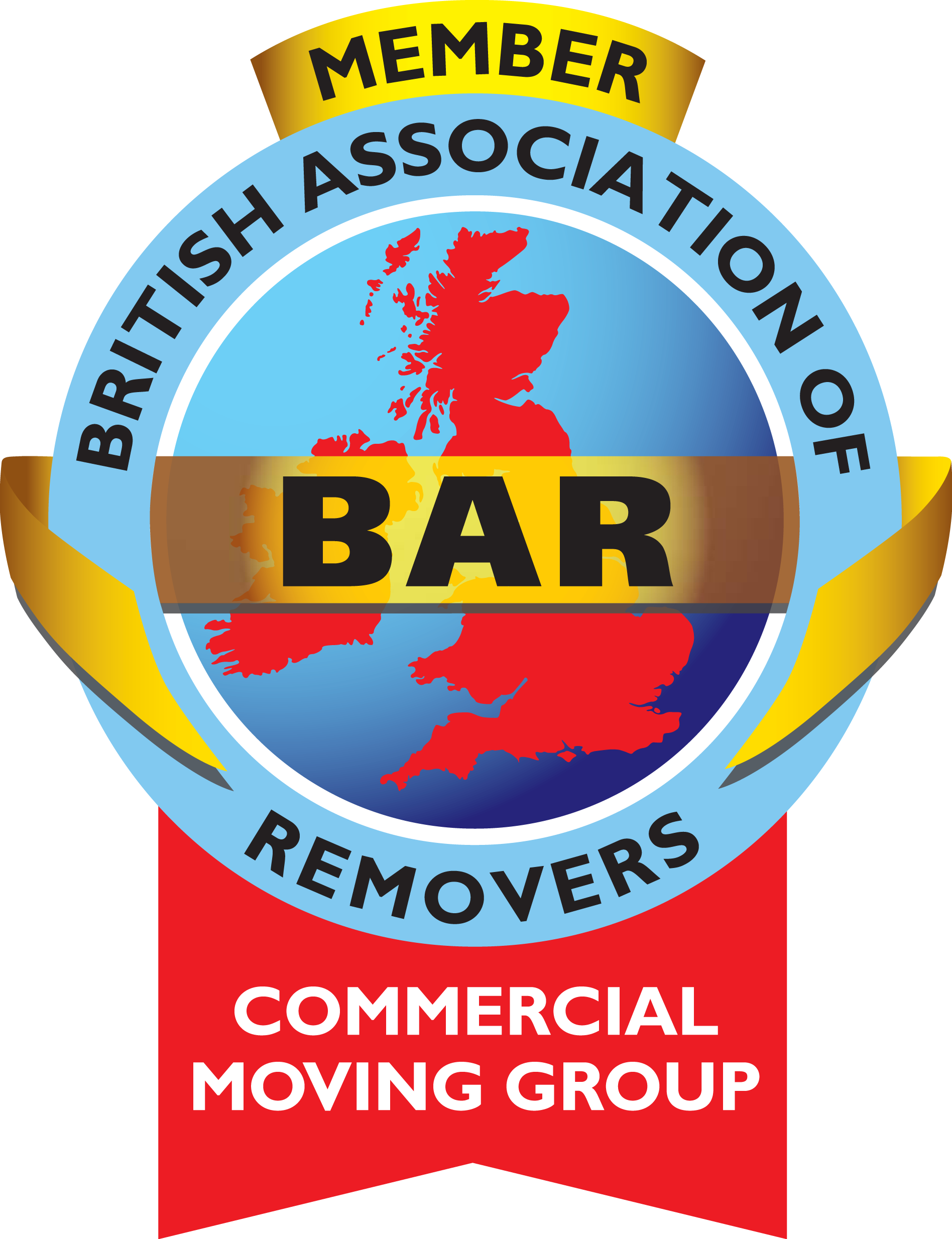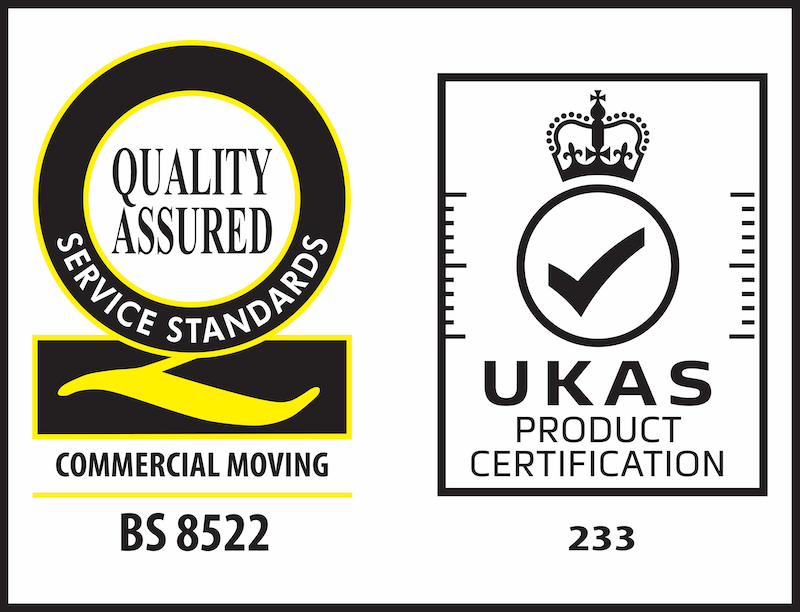Rising business rates 2026: How to mitigate the increased costs
For many corporate occupiers, this will be the most significant rates shift in a decade – and the impact will last until 2031 unless action is taken.

MORE STORIES
- Page 1 of 26
Please click here to chat through what you'd like your Success Story to be.
In April 2026, the UK’s business rates system hits a reset. The Valuation Office Agency (VOA) will introduce a new Rating List based on rental values as of April 1, 2024, combined with a tiered multiplier system that rewards smaller retail and hospitality properties but penalises larger, high-value premises.
For many corporate occupiers, this will be the most significant rates shift in a decade – and the impact will last until 2031 unless action is taken.
Business leaders and real estate directors need to prepare for this change. Rates are a fixed overhead, and unlike rent, they cannot be negotiated down mid-cycle. Once the new list is published and implemented, your liability is set.
The scale of the challenge
Industrial and logistics properties are projected to see an average 28.6% rise in rateable values following nearly 40% rental growth in recent years. Offices are expected to increase by around 6% nationally, but prime locations could rise much more sharply. Manchester, Birmingham and Leeds are all predicted double-digit increases.
To put that in perspective: a 50,000 sq. ft HQ in central London with a £2 million rateable value would face an extra £120,000 annually from a 6% rise. For a logistics hub, that increase could be two or three times higher.
Business rates are often the second-largest property cost after rent. They influence total occupancy cost, EBITDA margins and investment decisions. Rates cannot be treated as an immovable line on the P&L – they are a strategic lever.
Every square foot that isn’t generating value is carrying unnecessary liability. The 2026 revaluation is both a risk and an opportunity: an opportunity to streamline your real estate footprint, reconfigure underused space, and invest in long-term efficiency measures before new rates are set.
Five actions to protect your bottom line
- Audit occupancy immediately
You can’t cut what you can’t see. Occupancy assessments using desk sensors, access control data and meeting room booking analysis will show exactly how your buildings are used. These audits also identify underutilised meeting spaces, storage rooms and breakout areas that can be repurposed to reduce your rateable footprint.
- Reassess your location strategy
The new multiplier system makes location choices even more strategic. Could non-customer-facing teams operate from lower-rateable-value regions? Could you balance a prime HQ presence with regional hubs or remote work models? Location restructuring also provides leverage in future lease negotiations, especially when landlords face their own revaluation pressures.
- Use storage smartly
Offsite storage typically costs four to seven times less than using office space when you factor in business rates. By moving surplus furniture, seasonal stock or archived documents out of high-value premises, you immediately reduce your rateable space. Modern storage solutions, combined with digital inventory platforms, mean you can retrieve items on demand with full visibility, so you’re not sacrificing accessibility for savings.
- Digitise and reduce footprint
Paper-heavy operations inflate rates liabilities because physical files take up space. Digitising HR, legal, financial and operational records improves security, speeds access and removes the need for dedicated archive rooms.
- Refit before you relocate
Reconfiguring existing space is a viable alternative to relocating. Replacing fixed desks with hot-desking, creating multi-use collaboration zones, or shifting to modular layouts can reduce space needs while improving utilisation. These changes align with hybrid work patterns, allowing you to consolidate floors or even entire sites before the 2026 revaluation date.
Build rates into financial modelling
Rates should be part of portfolio stress-testing alongside rent, utilities and maintenance. Modelling scenarios for 5%, 10% or 20% increases in rateable value can show where liabilities may become unsustainable and highlight which sites are worth retaining, consolidating or exiting. Integrating occupancy and asset data into these models ensures decisions are based on how space is actually used, not just what’s on the lease.
The draft 2026 Rating List is due in the autumn budget, which will likely be at the end of October or beginning of November. New rates will apply from 1st April 2026. To have changes reflected in your liability, you need to act before the list is finalised.
The business rates revaluation will reshape the cost base for many UK firms. Those that take a proactive approach – optimising space, digitising records, using storage strategically and reassessing location structures – will control their liabilities and create leaner, more agile real estate portfolios. This is a chance to align property strategy with long-term business and ESG goals, rather than reacting to an unavoidable cost increase.
Support with your estate strategy
BMG supports large organisations to audit asset footprints, implement workplace change, manage furniture and deliver relocations.
Contact us or fill out a quote enquiry form to explore how we can help you prepare for the business rates revaluation and turn it into a cost-saving opportunity.
MORE STORIES
- Page 1 of 26
Please click here to chat through what you'd like your Success Story to be.





